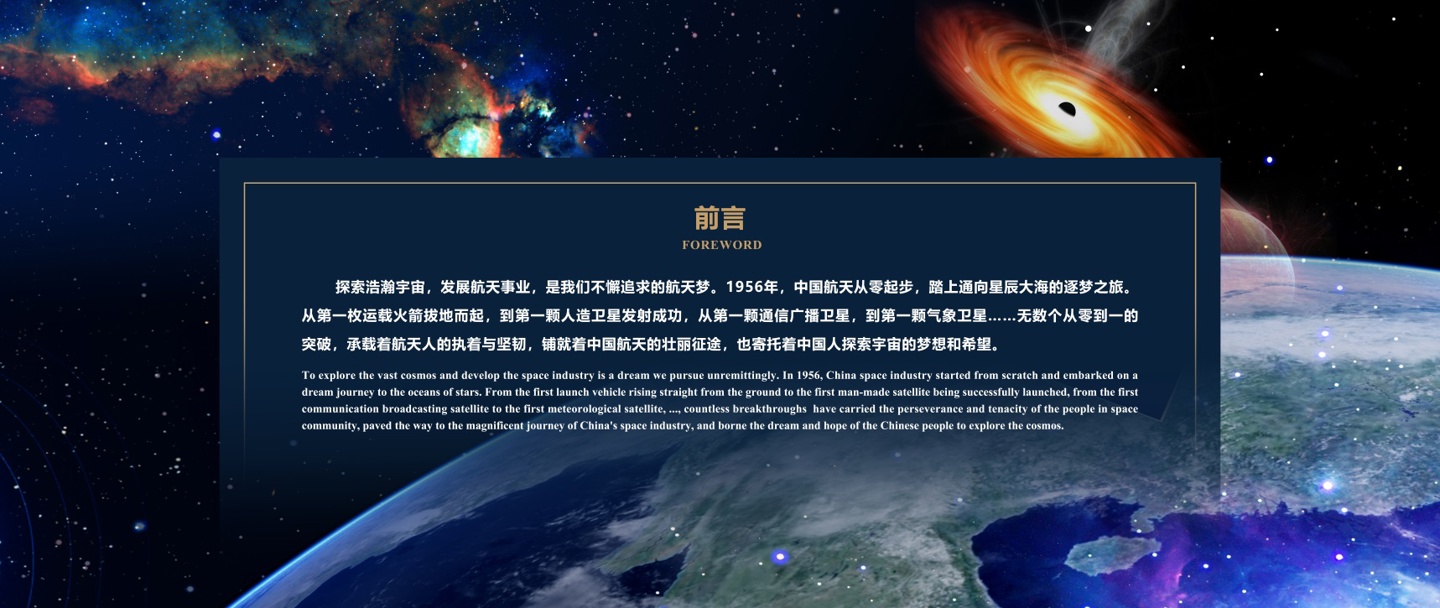
News from this site on November 19. According to Xinhua News Agency, Yang Baohua, an academician of the China International Academy of Astronautics, said in Beijing on the 18th: As of the end of October 2023, there will be nearly 9,500 spacecraft in orbit around the world; the current total number of Chinese launch vehicles The number of launches has exceeded 500.
He said that the frequency of China’s rocket launches has increased significantly in the past 10 years, and the time required for each Chinese launch vehicle to complete 100 launches is becoming shorter and shorter.
According to reports, my country’s first “100 launches” took 36.4 years, the second 100 took 7.5 years, the third 100 took 4.1 years, the fourth 100 took 2.6 years, and The fifth 100 took only 1.6 years.


He revealed that China National Space Administration has planned two important time nodes for the future: By 2030, China will be promoted to the forefront of the world's aerospace powers, and by 2045, China will be fully developed into a world aerospace power.
Yang Baohua said thatmy country's new generation manned launch vehicle has a low-Earth orbit carrying capacity of up to 70 tons and a Earth-to-Moon transfer orbit carrying capacity of up to 25 tons; the heavy-duty launch vehicle under development is under development for near-Earth orbit The orbital carrying capacity can reach 150 tons, and the earth-moon transfer orbital carrying capacity can reach 50 tons.
During the plenary session of the 74th International Astronautical Congress (IAC), Li Guoping, chief engineer of the China National Space Administration, demonstrated the deep space exploration/sampling return launch table for the fourth phase of China's lunar exploration project:will cooperate with Chang'e 7 to establish international lunar scientific research at the lunar south pole. The basic type of the station is planned to be completed before 2030, and a series of tests will be conducted on the exploration and utilization of lunar resources. It is worth mentioning that Chang'e-7 and Chang'e-8 landed at different locations. Chang'e-7 is planned to be launched around 2026. Its main mission is to go to the lunar south pole to search for evidence of the presence of water on the moon. This mission is very complex and the risk factor is also very high. Chang'e 7 is expected to become the first spacecraft to land at the south pole of the moon.
Inquiries on this site found that Chang'e-7 consists of multiple components, including an orbiter, lander, rover and flyer. They will carry out complex detection activities at the lunar south pole, including flying inside craters in search of water. The topography, geographical environment, lighting conditions and temperature of the lunar South Pole are all extreme, posing great challenges to the design and work of Chang'e-7.
Everyone is very concerned about China’s manned moon landing. Do we have hope that Chinese people can reach the moon before 2030? In this regard, Wu Weiren said:
"Before 2030, the Chinese people will definitely set foot on the moon. This is no problem."Related reading:
"my country's new generation of manned launch vehicle is named "Long March 10" and will be used for moon landing missions"
Advertising statement: The external jump links contained in the article (including but not limited to hyperlinks , QR code, password, etc.), used to convey more information and save selection time. The results are for reference only. All articles on this site include this statement.
The above is the detailed content of Yang Baohua, academician of the International Academy of Astronautics: As of the end of October, there were nearly 9,500 spacecraft in orbit around the world, and the total number of launches of China's launch vehicles has exceeded 500 times. For more information, please follow other related articles on the PHP Chinese website!
 What is an .Xauthority file?
What is an .Xauthority file?
 Solution to split word table into two pages
Solution to split word table into two pages
 Excel table slash divided into two
Excel table slash divided into two
 What is an optical drive
What is an optical drive
 Solutions to unknown software exception exceptions in computer applications
Solutions to unknown software exception exceptions in computer applications
 What platform is Fengxiangjia?
What platform is Fengxiangjia?
 What directory search engines are there?
What directory search engines are there?
 What software is Penguin?
What software is Penguin?




